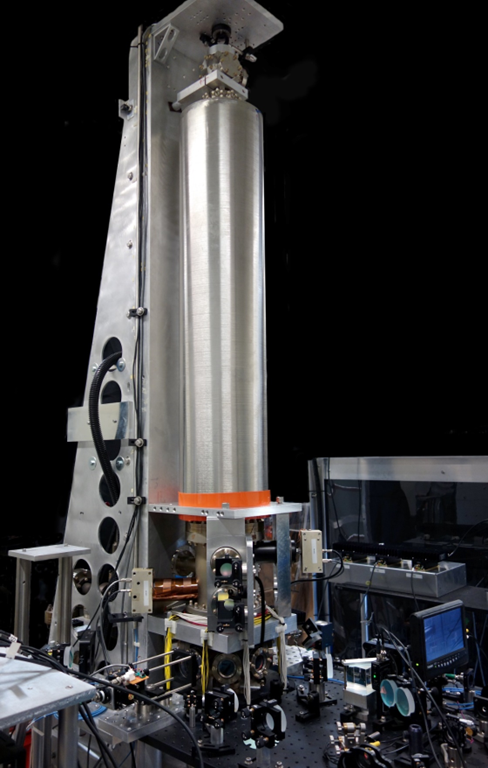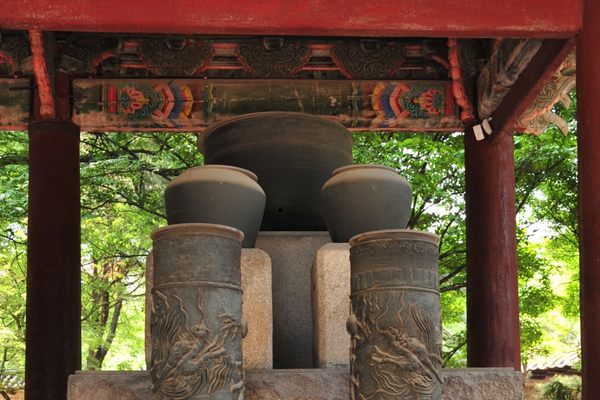About
If you've ever wondered what clock sets the official time of the United States, look no further. The bearer of that important standard is the NIST-F1 Cesium Fountain Atomic Clock, located at the National Institute of Standards and Technology in Boulder, Colorado. Built in four years, and officially established in 2005, the F1 is the latest in a series of increasingly accurate clocks responsible for keeping time for the entire country. The clock will neither gain nor lose a second in the next 80 million years.
The process that the clock uses is, needless to say, extremely complex. Basically, it measures the frequency of microwaves needed to produce maximum fluorescence in a ball of cesium atoms. That frequency--the resonant frequency of cesium--is used to define the second. The "Fountain" in its title refers to the rising and falling of the ball of cesium atoms, which is produced by a group of lasers.
This increased accuracy is not just a matter of idle dispute. The improvement in time measurement can aid advances in telecommunications, satellites, and medical technology. It can also be used to obtain a greater degree of accuracy in scientific experiments where the tiniest measurements can make a huge difference--for example, determining the presence of fluctuations in what we perceive as constants of the universe.
Update December 2018: Per the NIST website, neither the clock nor any other program at NIST, are open for public tours.
Related Tags
Community Contributors
Added By
Published
August 14, 2009

































